Web design in Singapore has become increasingly vital as businesses strive to stand out in an intensely competitive digital landscape. Whether you’re building a corporate website, revamping your online presence, or venturing into e-commerce, adhering to professional web design principles is critical. Here are ten best practices every business should consider for an impactful, user-friendly, and highly effective website design in Singapore.
1. Responsive Design for All Devices
In an era dominated by mobile devices, responsive design is a fundamental requirement. Responsive websites automatically adjust their layout and elements to suit different screen sizes, from smartphones to desktops. This adaptability ensures users have a seamless experience, improving engagement and reducing bounce rates. Additionally, Google favors mobile-responsive websites, which can enhance your SEO rankings significantly.
- Automatically adjusts for mobile, tablet, and desktop.
- Improves user experience across devices.
- Boosts search engine rankings.
2. Clear and Intuitive Navigation
A well-designed navigation structure is crucial for website usability. Visitors should find desired information within seconds. Keep navigation menus clear, concise, and logically organized. Employ descriptive labels, intuitive icons, and ensure your most important pages are easily accessible from every part of your site.
- Use simple, straightforward menus.
- Include clear headings and labels.
- Facilitate easy access to essential pages.
3. Consistent Branding
Brand consistency across your website helps build trust and recognition. Professional web design in Singapore requires consistency in colors, fonts, imagery, and voice throughout your corporate website. Ensure every page reflects your brand identity, conveying professionalism and reliability to your visitors.
- Maintain uniform colors and typography.
- Consistent imagery and graphics style.
- Reflect brand values clearly.
4. Optimize for Speed and Performance
Website speed directly impacts user satisfaction and search engine rankings. In Singapore’s fast-paced environment, visitors expect pages to load within seconds. Compress images, use efficient coding practices, and leverage caching and content delivery networks (CDNs) to optimize website loading speeds.
- Compress images without quality loss.
- Employ caching and CDN solutions.
- Regularly audit and optimize site performance.
5. SEO-Friendly Structure
Effective web design integrates search engine optimization from the ground up. Strategically include keywords such as “web design Singapore,” “corporate website,” and “web development Singapore” in page titles, headers, content, meta descriptions, and alt texts. A structured sitemap and clear URL hierarchy further improve your site’s visibility on search engines like Google.
- Strategic keyword integration.
- Optimized meta tags and URLs.
- Clear sitemap and URL hierarchy.
6. High-Quality, Relevant Content
Content remains king in professional web design. Offering valuable, relevant, and engaging content attracts and retains visitors. Regularly updated blogs, insightful articles, and helpful resources position your website as an authority in your industry, enhancing user trust and SEO rankings.
- Provide original and engaging content.
- Regular updates to maintain freshness.
- Ensure content meets user search intent.
7. Strong and Clear Calls-to-Action (CTAs)
Effective CTAs guide users toward desired actions, such as signing up, requesting a consultation, or making a purchase. Make CTAs stand out visually, using contrasting colors, compelling language, and strategic placement. Clear and persuasive CTAs significantly improve conversion rates on your corporate website.
- Use compelling and action-oriented language.
- Visually distinct buttons and placement.
- Strategically placed to guide users effectively.
8. Effective Use of Visual Hierarchy
Visual hierarchy helps users prioritize content effortlessly. Through varying font sizes, strategic positioning, and use of white space, guide visitors’ eyes naturally toward critical information or actions. Well-executed visual hierarchy greatly improves user experience and website efficiency.
- Highlight important content clearly.
- Balance spacing and positioning.
- Ensure readability and user focus.
9. Robust Security Measures
Web security is paramount, particularly for corporate websites handling sensitive data. Secure your website with SSL encryption, regularly update software and plugins, and implement robust security protocols to protect against cyber threats. Demonstrating strong security builds user trust and complies with privacy regulations in Singapore.
- Install SSL certificates for encryption.
- Regular software and plugin updates.
- Implement advanced security protocols.
10. Regular Maintenance and Updates
Maintaining an effective website design requires ongoing care and attention. Regularly update your content, check for broken links, monitor site performance, and adapt to emerging trends in web development. Continuous improvement ensures your website stays relevant, secure, and competitive.
- Regular content and technical updates.
- Routine performance monitoring.
- Adapt quickly to industry trends.
Conclusion
Professional web design in Singapore involves more than aesthetics—it integrates usability, speed, SEO, security, and consistency. Following these ten best practices not only elevates your online presence but also significantly boosts your corporate website’s effectiveness and user satisfaction. Stay dedicated to continuous improvement, and your website will become a powerful asset, driving growth and success in Singapore’s dynamic digital market.


